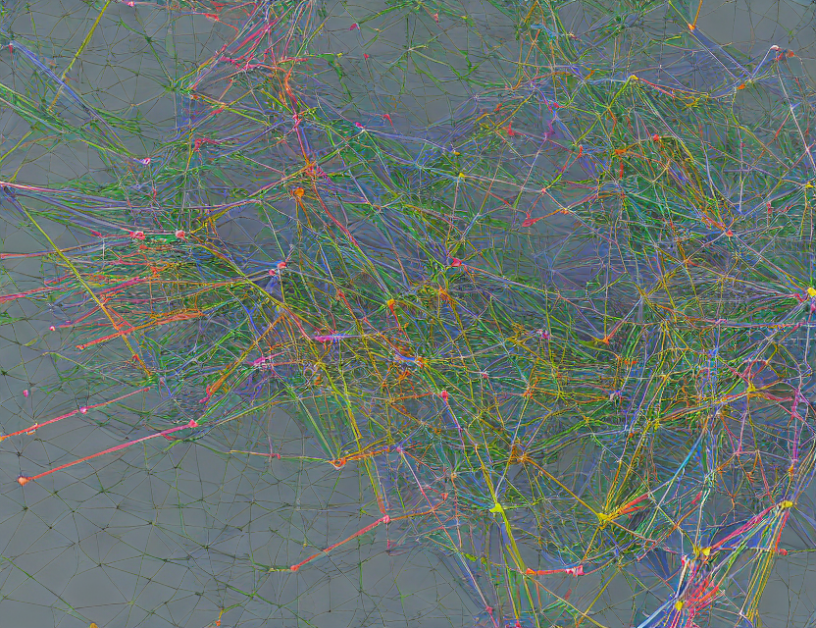In this article, we explore the various computational trade-offs involved in creating vector representations of string entries in tables. These string entries can be found in datasets used for data processing tasks, such as text classification and entity resolution. The article highlights that traditional approaches based on substrings can generate embeddings that improve data processing tasks but rely solely on the regularity in the data and do not incorporate any outside semantic information.
To tackle this challenge, the article introduces two types of string columns: dirty categories with low diversity across strings and diverse entries. For dirty categories, lightweight string representations such as MinHashEncoder are sufficient, while for diverse entries, borrowing larger and more advanced language models from recent NLP developments brings significant benefits.
The article finds that larger and fine-tuned language models outperform word embeddings in tasks such as analytic and entity resolution, demonstrating the importance of using well-fine-tuned models. However, these models come with increased computational burdens, which can be mitigated by favoring well-fine-tuned models.
The article concludes by providing simple guidelines for practitioners to save time and effort in creating vector representations of string entries in tables. These guidelines include distinguishing between dirty categories and diverse entries, using lightweight string representations for dirty categories, and borrowing larger and more advanced language models for diverse entries.
In summary, the article demystifies complex concepts by using everyday language and engaging metaphors to explain the computational trade-offs involved in creating vector representations of string entries in tables. It provides a comprehensive overview of the various approaches available and offers practical guidelines for practitioners to create effective and efficient vector representations.
Scaling Laws for Neural Language Models: A Comprehensive Review



